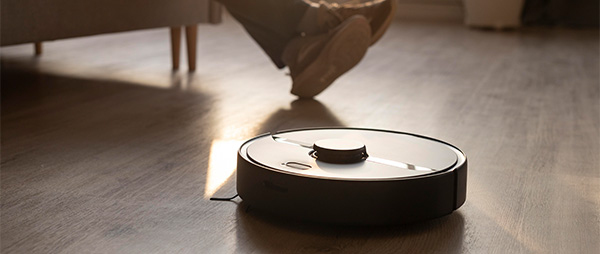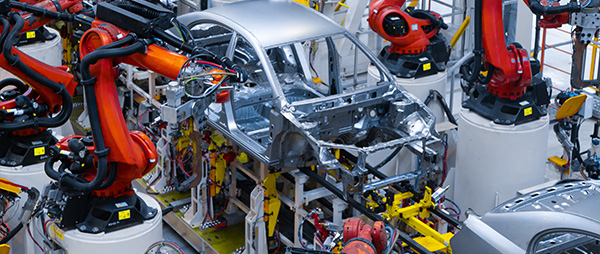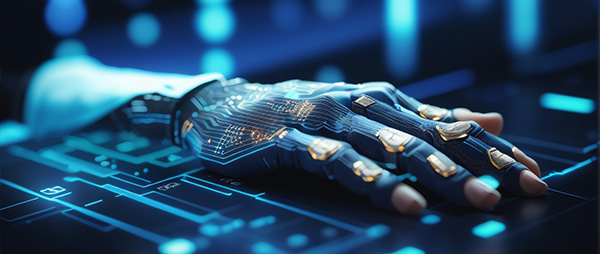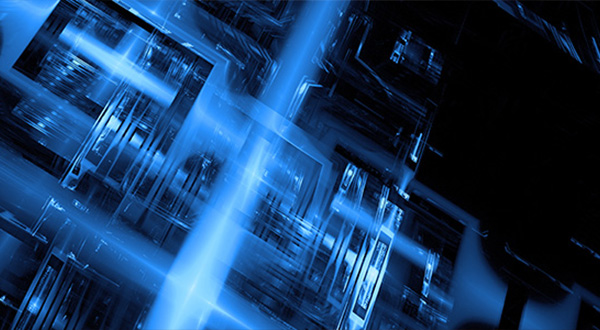Empowering automation: The role of IoT in robotics
Introduction to IoT & robotics
The combination of the Internet of Things (IoT) and robotics can make for a powerful tool when deployed effectively. It is transforming industries, enhancing capabilities, increasing efficiency, maximising profitability and altering how we leverage machines.
What is IoT in robotics?
IoT in robotics refers to the integration of sensors and connectivity within robotic systems and processes. It enables machines and their operators to collect, analyse, and respond to real-time data, automatically.
This integration provides robots and machinery with advanced perception, intelligence, and autonomy, enhancing their capabilities. This Automation is improving efficiency in manufacturing, healthcare, agriculture and more. From the deployment of autonomous robotic arms in smart factories to utilising drones for crop monitoring in precision agriculture, the applications of IoT in robotics are limitless.
Applications of IoT in robotics
Combining IoT technology with robotics has kickstarted a new era of efficiency and intelligence across many industries, including manufacturing and healthcare. IoT-enabled robots play a vital role in streamlining the production process in manufacturing. They communicate with their technicians and other machinery to optimise workflows and reduce downtime. In healthcare, robots with IoT sensors are being used to assist with surgeries, with impressive accuracy.
Challenges & opportunities in IoT-enabled robotics
IoT-enabled robotics have the potential to transform industries by allowing machines to communicate, analyse data, and adapt in real time. However, achieving seamless connectivity and interoperability between IoT devices and robotic systems can be a significant challenge. Additionally, security concerns are a major issue, as the interconnected nature of IoT devices can leave them vulnerable to cyber threats if sufficient security measures aren’t implemented.
Challenges
Despite the challenges, there are also opportunities for early adopters to leverage IoT in machinery to improve their businesses. Implementing more robust cybersecurity measures can better protect connected robots, and incorporating ethical frameworks can help guide their development. Overcoming interoperability hurdles will allow for the full potential of these collaborative machines to be realised, fostering innovation across various industries.
Opportunities
IoT-driven data analytics for robotics optimisation
IoT-powered data analytics is essential for optimising robotics systems, enabling smart decision-making, and enhancing overall efficiency. By collecting data from IoT sensors embedded in robotic devices, organisations can obtain valuable insights into performance metrics, operational patterns, and environmental factors. These insights enable predictive maintenance schedules, identifying potential issues before they escalate and minimising downtime. Real-time analytics can also empower robots to adapt their behaviours dynamically in response to changing conditions, delivering optimal performance and productivity.
Implementing IoT in robotics
As IoT continues to evolve, the potential for smart robotics to reshape various sectors is boundless, promising a future where humans and machines collaborate seamlessly for greater innovation and progress.
The latest trends in IoT and robotics focus on collaborative robotics, utilising IoT sensors for safer human-machine interactions. AI algorithms and IoT data analytics enable predictive maintenance and autonomous decision-making. Swarm robotics, enabled by IoT connectivity, revolutionises tasks requiring coordination amongst multiple robots, such as search and rescue and agricultural automation.
Advancements in smart robotics
Integrating IoT into robotics requires you to follow some important steps to ensure its effectiveness. Firstly, it’s crucial to focus on security, using robust encryption and authentication methods to protect against cyber threats. Secondly, you must ensure that your IoT connectivity and hardware works seamlessly with your robotic platforms, allowing for seamless communication and data sharing. Additionally, it’s important to design systems that are futureproof, meaning they can adapt and evolve with technology without losing their effectiveness over time.
Smart robots are the future
The fusion of IoT and robotics is a game-changing development in automation and connectivity that offers exceptional possibilities for innovation and efficiency. By adopting best practices and keeping up with emerging trends, organisations can leverage IoT-driven robotics to create smarter, more agile systems, enhancing productivity and improving their position in the market.





